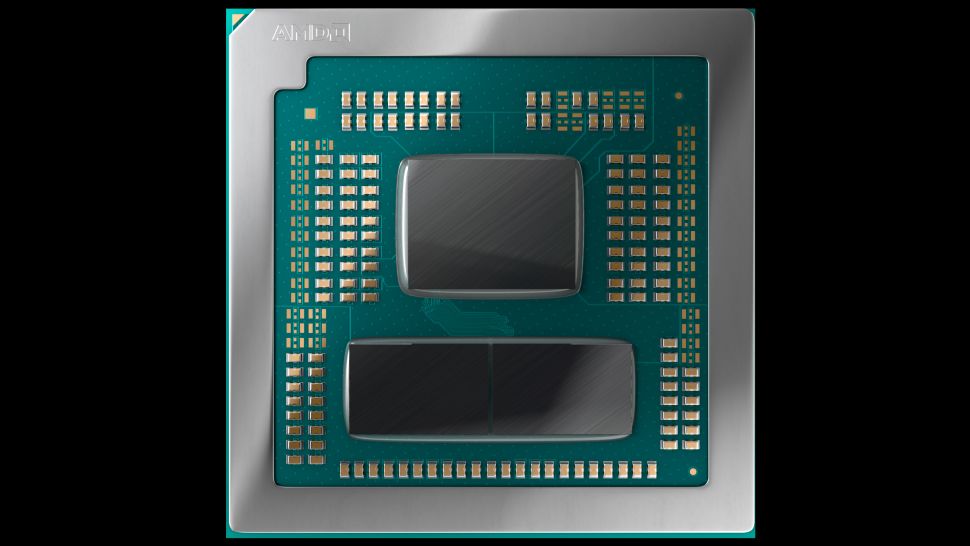Sixteen-threaded Zen 4 cores take on Raptor Lake’s hard-hitting hybrids.
Much of what we’ve heard about AMD’s latest Dragon Range high-end mobile processor platform so far has been impressive, whether that be early benchmarks or claims from AMD. And the recent Geekbench 5 results for the flagship 5.4 Ghz 16-core Ryzen 9 H7945HX seem to solidify the trend, seeing it edge past Intel’s Core i9-13980X in the single-core test, while falling just slightly behind on multi-core. Even much more power-hungry desktop processors like the 13900K and 7950X didn’t do much better unless you look at the multi-core results.

AMD’s latest also makes a huge leap over the previous-generation eight-core Ryzen 6900HX, nearly doubling it in multi-core performance. To be fair, AMD’s chiplet-equipped 7945HX stands out more against Intel in its best Geekbench run than it does if you average the results of the six results that were in the database when we wrote this (all from the same model Asus Zephyrus Duo 16). But even the average results are very close to recent Geekbench results for the 13980HX – and surprisingly close to much higher power-draw desktop processors like Intel’s 13900K and AMD’s Ryzen 9 7950X. But of course, Geekbench isn’t the best benchmark for seeing how a CPU will perform during time-intensive tasks.
It will also be interesting to see how much power the Ryzen 9 7945HX draws under load. AMD’s product page lists the chip as having a configurable TDP of between 55 and 75 watts. Intel’s Core i9-13980HX, meanwhile, is listed as having a base power of 55W but a maximum Turbo power draw of 157W.
In a laptop with power and thermal constraints, and particularly in gaming laptops where the CPU and GPU are vying for a limited power budget, maximum performance may be less important than efficiency at a level that’s ‘good enough’ to keep your GPU happy. And we’ve already seen Intel’s 13950HX likely contributing to some gaming bottlenecking when paired with an RTX 4090 at 1080p in MSI’s Titan GT77 HX.
So we’re eager to see for ourselves how the best that AMD’s Dragon Range has to offer holds up against a similarly equipped Intel-based laptop. But at the very least, it seems like AMD has yet again made serious gains against Intel in the high-end laptop space and is close to equal footing. If the company can deliver enough of these CPUs to meet demand, that should give gaming and workstation laptop makers another high-end option and hopefully push prices down a bit. Given the high price of GPUs (and so many other things), we’ll take solid price-pressuring competition wherever we can get it.

